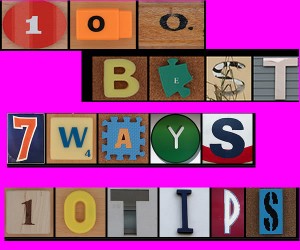Social learning and student writing: A delicate teaching dance

As teachers, we all work to balance high expectations while differentiating for various abilities and needs. When we set “requirements” in a digital, social learning community, it is indeed a delicate dance.
Example: You set a high bar for all students in your science class for written expression students in a shared learning community with other schools like MySciLife. Posts must use complete sentences and correct conventions of written English. The powerful tools of authentic, social learning today: online learning communities, blogs, wikis, and collaborative projects, all motivate kids to show their best writing. Alas, one student’s “best” may invite embarrassment, comparison, or — and this is the worst — digital muting by his peers. Kids simply ignore posts they cannot understand or that they deem “dumb.” They even exclaim,” Hey! This kid didn’t use complete sentences, and you said we had to!” Either way, the struggling poster’s voice goes unheard.
Students who struggle with writing — for whatever reason — need more scaffolding and support outside the social stream. Few content area teachers are familiar with strategies for writing help, and many do not realize how much they may hurt. Dealing with a student’s writing is like doing surgery on his larynx. You are dealing with a voice here!
Struggling students want to be heard and to join in the online conversations — and they should, but they need time to build to a level of competence that does not invite criticism or giggles. As teachers, we dance delicately. We can suggest offline drafts (think Google docs or even — gasp– paper?) so the struggling student can improve his/her writing before he posts. We can encourage him to have a peer read it back to him aloud to be sure it “sounds right.” Offer some sentence starters in a Word doc, diminishing this support over time. Even use his own sentence starters derived from his previous posts. We can focus on major conventions, but we also need to focus on the science content. Offer some words he can drag and drop to form sentences, including required science terms.
Remember that larynx! We do not want to mute his voice by over moderating, rewriting, or constantly disapproving his posts. He needs the posting and social learning experience even more than others. So we eventually allow him to post in the stream and hope that others will be kind. Our delicate teaching dance includes promoting digital citizenship so other students do not demean or digitally “mute” those who struggle. Encourage kids to reply to posts who have received no comments. Reply to a post with a thoughtful question that will help you learn more from that person. Give bonus points for interactions that go above and beyond by asking questions that help another student explain more clearly.
Writing is tough. Writing is personal. Remember the larynx and tread carefully as you tiptoe the delicate dance!









